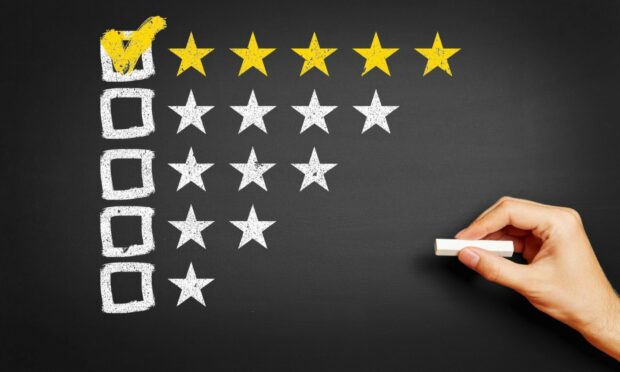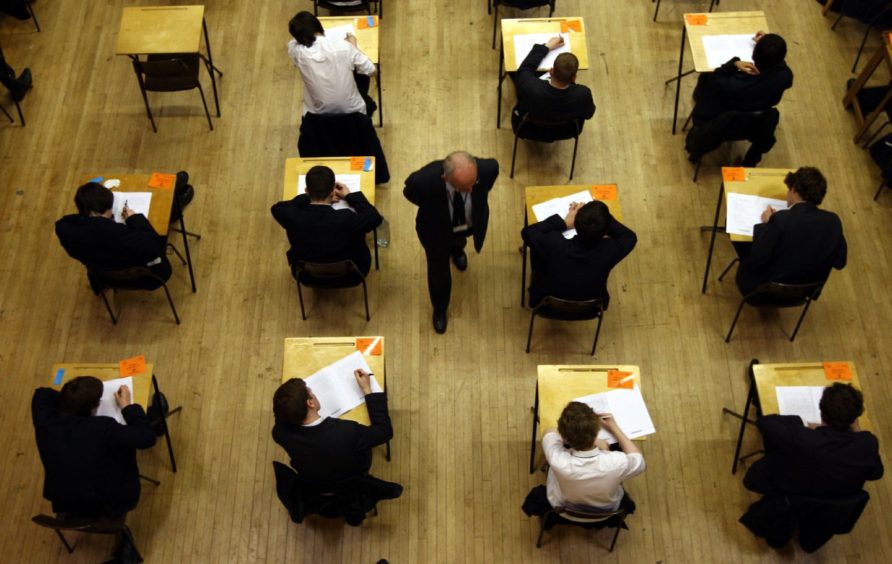School league tables rank schools according to data released on the achievement of their pupils.
While publication of official league tables was abolished in Scotland in 2003, data on attainment is released annually by the Scottish Government for each individual school.
The statistics include percentages of children gaining set goals, such as passing exams or reaching expected competency in numeracy or literacy.
Journalists and other organisations use this information to grade schools – often ordering them from ‘best’ to ‘worst’.
The Courier’s Schools League ranks secondary schools in Tayside and Fife.
What data on schools’ performance is published?
The most well-known league tables in Scotland are those which rank secondary schools based on the proportion of leavers gaining five or more Highers.
League tables have also been published for primary schools, ranking them on the proportions of children reaching the Curriculum for Excellence level for their age in numeracy, literacy, etc.
In England, the Department for Education scores schools and its website allows people to compare and rank schools
Data published by the Scottish Government on individual secondary schools includes percentages of school leavers gaining one or more qualifications, including National 5s and Highers.
It also includes percentages of leavers achieving literacy and numeracy at National 4 and 5 level, and going into positive destinations, such as higher or further education, training or work.
This measure is seen as a benchmark for schools’ performance, as it is a common entry requirement of universities.
For primary schools data is published on percentages of pupils attaining the CfE relevant to their stage for literacy, numeracy, reading and talking and listening at P1, P4 and P7.
Why are school league tables controversial?
However, there is controversy over the publication of school league tables.
While some say comparing schools helps drive up standards others say the data sets are too narrow to make a useful comparison.
Schools are often described as ‘best’ or ‘worst’, based on their ranking, without taking other factors beyond academic achievement into account.
A school’s performance can also be limited by its postcode, with those living in areas of deprivation statistically less likely to gain five or more Highers.
School league tables 2022: Here’s how Fife and Tayside secondary schools rank












Conversation